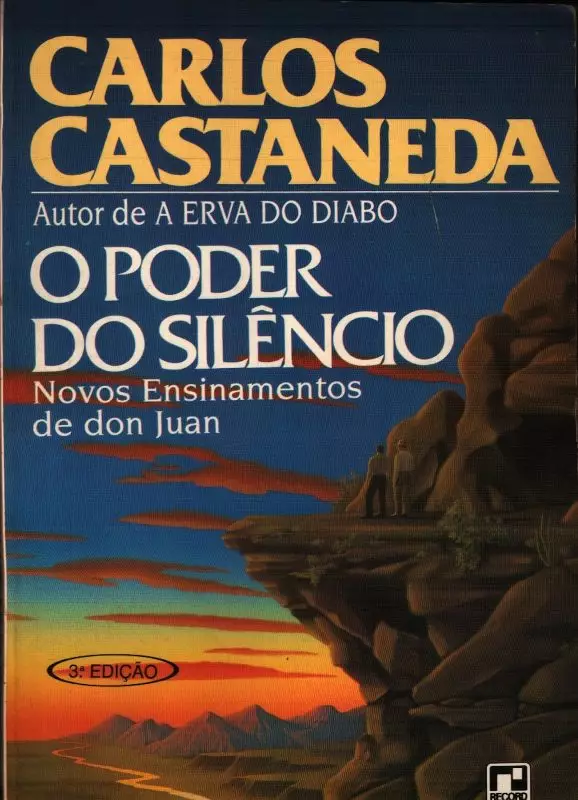It’s not always possible to know when it began. In many cases, there was no defining moment, no clear starting point. What exists, before any understanding, is a quiet unrest. Something that vibrates subtly at the base of being — like a constant sense that life is more than what fits within the frame of the visible.
Nagualism doesn’t present itself as a belief system or a doctrine. It asks for no acceptance, nor does it demand that anyone follow it. It simply emerges — as a field of perception that’s already present, but only reveals itself when the inner gaze shifts its frequency.
That’s why, even though it is an open call, it’s only perceived by those who already carry a crack within. A subtle kind of opening that cannot be manufactured or taught. This opening is the result of something that has been tuning itself over time: a loss, a deep silence, a break in identity, a contact with the invisible — or simply a saturation with the world as it is.
Nagualism is not perceived by everyone, although it is available to all.
It is like a fragrance.
Some pass by and do not sense it. Others, in the very first moment, recognize it as something deeply familiar — even if they’ve never encountered it before.
This doesn’t happen because someone was chosen.
Nor because someone chose.
It happens because, somewhere deep inside, there was already resonance.
That recognition is the real start.
It’s not based on intellectual understanding, nor does it arise from rational effort. It is an inner gesture of perception that recognizes, in the Toltec teachings, a familiar vibration. A vibration that had already been there — simply waiting for a name, a mirror, a guiding thread.
The Toltec tradition does not speak only in concepts. It points toward perceptual realities that exist beyond words:
It speaks of shifts in attention, of the collapse of narrative identity, of seeing the world as energy in motion.
And none of this can be assimilated through mere curiosity — one must have already lived something that quietly prepared the ground for such listening.
Those who feel the call have often crossed inner deserts, shed inherited forms, become disillusioned with the promises of the ordinary world. Not as tragedy, but as necessary passageways. These passages fine-tune the inner hearing. And it is through this kind of hearing that, one day, upon reading a single paragraph or hearing a few words, the whole body vibrates in recognition. That is the moment when the path is no longer sought — it begins to be lived.
his recognition may be preceded by experiences that, though not systematized, already hint at a sensitivity beyond form.
Moments when time seemed to stretch.
Sensations of being outside oneself and, at the same time, more whole than ever.
Lucid dreams that felt like undeniable truths.
Irrefutable intuitions.
Silences filled with presence.
A growing discomfort with the noise of identity.
A radical desire for purification — not out of fatigue, but from an intuition that truth lives in simplicity.
These are not external signs. They are internal traces of perceptual maturation.
The door does not open through effort. It is found already open — when we are ready to see it.
There are also certain forms of knowledge that, though not part of Nagualism, help to build bridges. They prepare the mind not to reject what it cannot yet comprehend.
Teachings about impermanence, such as those found in Buddhism.
Experiences of silent presence, like in meditation or communion with nature.
Symbolic studies of archetypes, myths, dreams, systems like Tarot, I Ching, astrology.
The understanding that the self is a construct, not the totality of being.
The recognition that perception shapes reality.
Lucid dreams that felt like undeniable truths.
None of these insights guarantee entry to the path — but all of them can soften its arrival.
What defines the beginning of the Toltec path is not knowledge or background — but listening.
A kind of listening that doesn’t filter. That doesn’t argue.
A listening that recognizes before it understands.
Because the nagual does not speak through words.
It vibrates through the field.
And when that field touches someone’s cocoon, there is no doubt.
There is silence.
And there is action.
This text does not aim to teach or convince. It is simply a mirror.
Perhaps, as it is read, something may resonate.
If that happens, it will not be because of the phrases.
But because of the space between them.
That is where the nagual vibrates.
And those who are attuned… listen.
Gebh al Tarik

